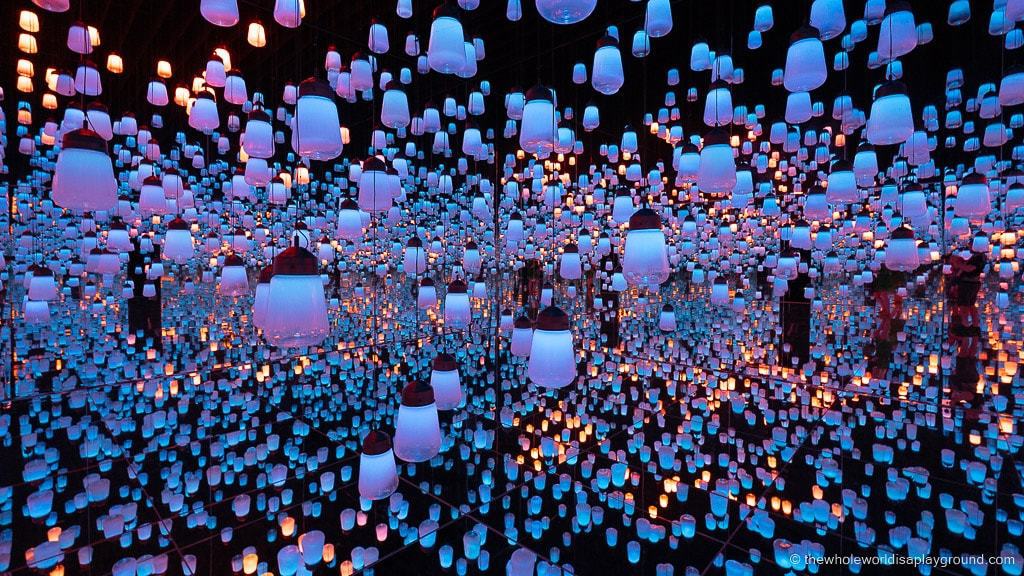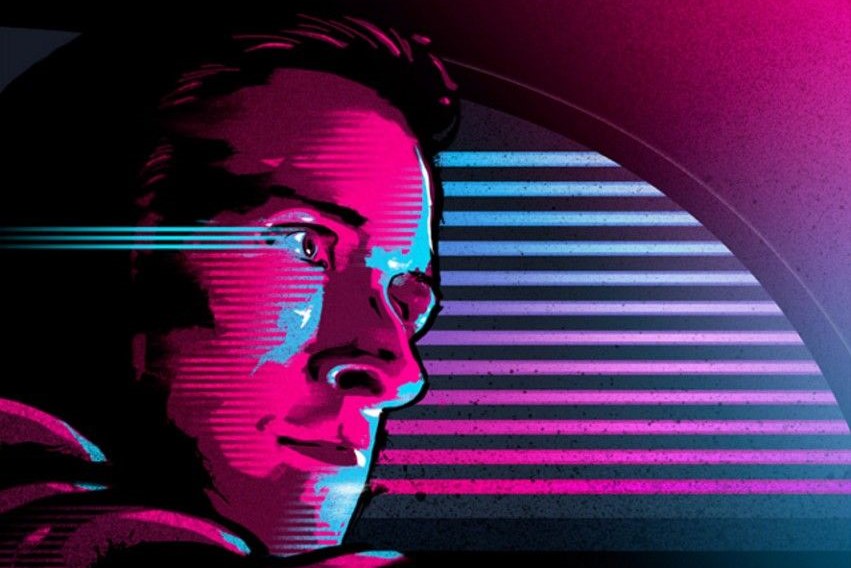2400 years ago, during the 4th Century BC, Alexander the Great’s conquest across Asia diversified Greek culture, throwing off the Classical cloak and wrapping themselves in the Hellenistic toga, which – using its busts and sculptures – paved the way for vaporwave, above other less important things.
The next cultural milestone that would eventually be considered a definitive aspect of vaporwave aesthetics would perhaps be early in your grandparent’s, or their parent’s lifetime. It was 1934 when Major General George Owen Squier switched his business’s name to Muzak and its direction from phone-music to lift-music.
After that, clunky computers started to appear and by the 90’s their web-design and visual graphics had reached a peak of pixelated, glitchy awkwardness now intrinsic to vaporwave, if nothing else. Glitch art is involved as well, with its own wide history.
An early example of this is Jamie Fenton and Raul Zaritsky’s “Digital TV Dinner” (1978), with audio by Dick Ainsworth. Both the visuals and the music were made by bashing the buttons on a Bally Astrocade console game. One contemporary glitch artist is the awesome Giacomo Carmagnola, who imposes electronic rain over the natural beauty of old black and white portraits.
A less deliberately artistic inspiration is the colour gradients of painful-to-watch infomercials that do anything but sell spa-holidays using state-of-the-art, cheesy slide transitions and high contrast, palm-filled Miami skylines. Then you’ve also got the simplistic renderings of CGI office buildings or home-interiors under Windows 95 blue skies, perhaps pulled from adverts of office improvement plans or home-decorating models.

An important person who had no idea he was moulding the aesthetics of this particular micro-genre is John Foxx. He is an electronic musician known for singing in the short-lived band, Ultravox, as well as for his intriguing album covers that are unmistakably vaporwave, but before they even knew they were. Let’s compare Vaporwave Club’s “Coffee With Council” (2017) album to John Foxx’s “The Garden” (1981).
The symmetry is obvious. Japan contributed a lot too. As well as their 80’s city pop album covers, anime is a tell-tale sign that you’re tuned into a vaporwave playlist on YouTube. Yung Bae and Macross 82-99 both include many anime characters in their album art, a popular one being Sailor Moon. The romanticised neon lights of 80’s media are generally solid reference material – check out the game Hotline Miami (2012) for instance.
Vaporwave also has its own written aesthetic. Typically, the font is in halfwidth or fullwidth form and a single space is used between each letter. You can use this fullwidth text generator to leave your own AESTHETIC comments on YouTube and stuff. Japanese characters are often used too. Vaporwave media employs this and other non-standard fonts wherever it can, so content under its umbrella is quickly discernible.

What does this all amount to? Well, once an electric pink/blue colour scheme is faithfully added to a combination of the above, we have vaporwave art. Obviously, that’s a grand simplification, but that colour scheme does describe a lot of the more easily locatable art online.
This grew from the album art of some of the inaugural albums of vaporwave, that we’ve already talked about in our previous article. Eric Weidner’s “Project Collage” is a Tumblr devoted to his own crystal-clear vaporwave images. They portray Hellenistic sculptures, broken and pixelated against pink neon horizons. Connan Mockasin’s music videos contain vaporwave elements as well.
Check out his tracks “I’m the man, that will find you” and “Do I Make You Feel Shy?” directed by Daniel Brereton and Isaac Eastgate, respectfully. If you want to get started on finding your favourite aesthetics, check out vaporwave art on Reddit, Tumblr, or Pinterest.













































